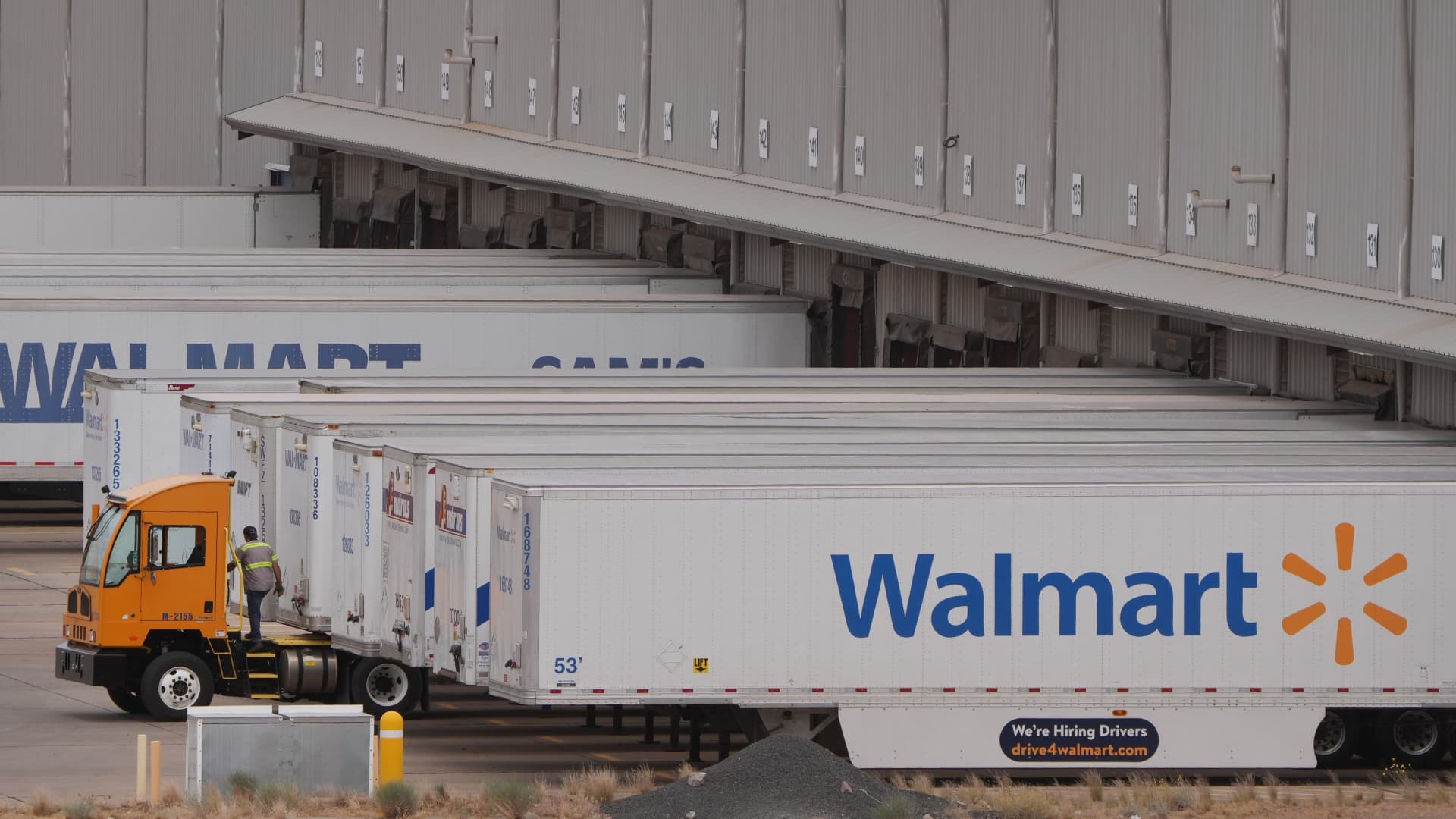How Walmart, Target and the White House are tracking consumer demand and inflation in real time

Biden administration expands freight data partnership with major U.S. companies to track goods movement in real time. Department of Transportation announces FLOW platform expansion to capture inland freight port data. FLOW partners with retailers, railroads, and logistics providers to monitor supply chain congestion. Economic analysis credits supply chain improvements with lowering inflation. Platform provides real-time demand insights to participants.
Source: Link
FAQ - How Walmart, Target, and the White House are tracking consumer demand and inflation in real time
Frequently Asked Questions
1. How are Walmart and Target contributing to tracking consumer demand and inflation?
Walmart and Target, along with other participants like Nike, have teamed up with the White House to provide data that aids in monitoring consumer demand and inflation metrics in real time. This collaboration is part of an expansive effort to better understand the economic indicators and respond to inflationary pressures more effectively.
2. What role does the White House play in tracking consumer demand and inflation?
The White House is spearheading the initiative to track consumer demand and inflation in real time by partnering with large retailers and corporations. This effort is intended to gather more immediate data on economic conditions, which can inform policy decisions and strategies to manage inflation.
3. Why is it important to track consumer demand and inflation in real time?
Real-time tracking of consumer demand and inflation is important for rapidly responding to economic changes. Timely data can help in making informed decisions to address supply and demand imbalances, spot inflationary trends, and understand consumer behavior, which can influence economic policies and corporate strategies.
4. What impact has real-time tracking had on inflation figures?
While the specific impact is not detailed in the provided links, it is suggested by the content that real-time tracking has played a role in understanding and potentially addressing factors contributing to inflation. The White House claims that over 80% of the inflation's decline can be accounted for within this framework of real-time data analysis.
5. Which other companies are involved in this real-time supply chain tracker?
Besides Walmart and Target, companies like Nike are mentioned to be involved in this initiative. However, a comprehensive list of all participating companies is not provided in the search results.
6. How has consumer spending been affected by the tracking of demand and inflation?
The provided search results don't specifically address changes in consumer spending due to the real-time tracking initiative. However, tracking consumer demand might provide insights that could lead to adjustments in pricing, inventory management, and other retail strategies that could potentially influence spending behavior.
7. Can the public access the data from the real-time supply chain tracker?
The search results do not specify whether the data from the real-time supply chain tracker is publically accessible. The initiative is primarily for the White House and participating companies to gauge economic indicators more effectively.
8. Has there been a decrease in inflation since this tracking system was implemented?
Although direct causation is not established in the search results, there is a claim from the White House that over 80% of the decline in inflation can be associated with the implementation of such real-time tracking efforts.
Please note that to provide more detailed answers, direct access to the full content of the articles would be necessary. These answers are formulated based on the limited information in the provided search results.

